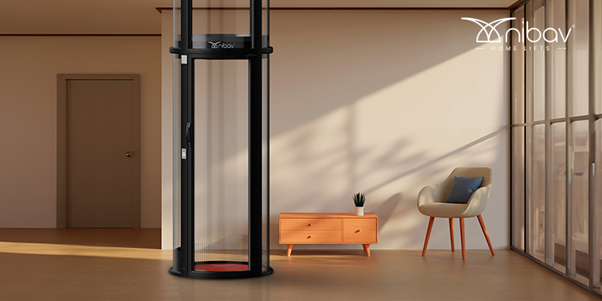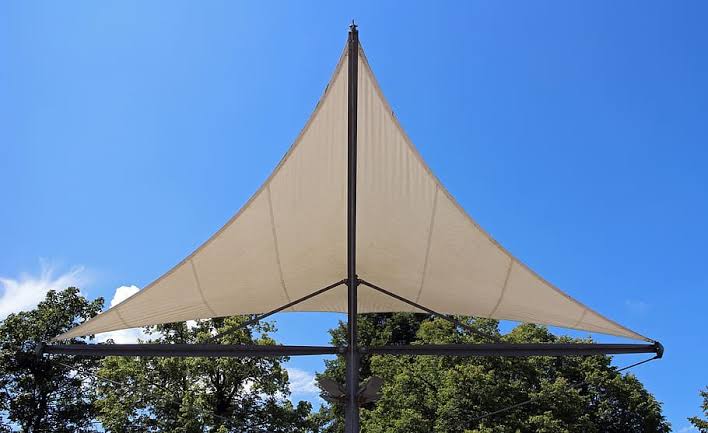Installing a house elevator can greatly improve the comfort and functionality of your living space. It not only makes it easier to go between floors but also increases the value of your property. However, selecting the best location for your home elevator is critical to ensuring that it serves your requirements successfully. In this detailed guide, we’ll look at the ideal places to put an elevator in your home, taking into account issues like space, accessibility, and aesthetic preferences.
Why Installing a Home Elevator Is a Great Idea
Convenience and Accessibility
A house elevator provides unsurpassed convenience, particularly for families with senior members or those who have mobility issues. It eliminates the need to climb steps, making daily tasks more convenient and safer.
Increasing Property Value
Adding a house elevator might also increase your property’s market value. Homes with elevators are becoming increasingly desirable, particularly in multi-story properties, so installing one might make your property more appealing to prospective buyers.
Future-proofing Your Home
Installing an elevator may be a good investment for the future. Whether you intend to age in place or want to meet future family demands, having an elevator keeps your house functional and accessible.
Factors to Consider When Selecting the Ideal Location for Your Elevator
1. Space Availability.
The amount of available space in your home is one of the first things to evaluate. The ideal location should be sufficiently large to accommodate the elevator shaft and apparatus. Common sites include:
- Central Locations: Placing the elevator at the middle of the house makes it accessible from numerous rooms and floors. This method frequently necessitates a dedicated area or closet.
- Adjacent to Staircases: Installing an elevator near a stairway can smoothly merge with existing architectural features.
- Identify empty or underutilized areas, such as huge closets or pantry. These areas can be transformed into elevator shafts with little inconvenience.
2. Accessibility and Flow.
The position of your elevator should provide for simple access to various areas of the house. Consider the following aspects:
- Installing elevators near key entrances provides easy access for all guests and delivery people.
- Maximize the usability of elevators by placing them in high-traffic locations, such as between living and sleeping areas.
- Consider family needs, such as wheelchair accessibility, while selecting an elevator site.
3. Aesthetic Integration.
A home elevator should match your home’s decor and improve its overall appeal. Here’s how to accomplish this:
- Architectural Harmony: Choose a site that complements your home’s architecture. The elevator should appear as a natural extension of your home, not as an afterthought.
- Modern elevators come in a variety of forms and finishes. Choose an elevator style that complements your interior decor to ensure visual coherence.
- For a more inconspicuous installation, consider a hidden elevator that may be hidden under cabinetry or paneling.
4. Structural considerations.
Before deciding on an elevator placement, contact with a structural engineer to determine its practicality. Key considerations include:
- Consider Load-Bearing Walls: Choose a site that does not interfere with your home’s structural aspects.
- Follow local building codes and regulations. A professional contractor or elevator firm, such as Nibav Home Lifts, can help assure compliance.
5. Future Expansion.
Consider your long-term needs while choosing an elevator placement. Consider any future extensions or changes to your home that may influence the elevator’s positioning.
Popular Elevator Locations in Homes
1. Kitchen or dining area.
Placing the elevator in the kitchen or dining area can be especially beneficial for moving groceries and other objects between floors. This placement is convenient for daily tasks and works nicely with the home’s primary center.
2. Living or Family Room.
Installing an elevator in a living or family room area allows for quick access to social spaces while also improving floor flow. It’s also an excellent choice if you regularly entertain guests.
3. Master Bedroom Suite.
Consider situating the elevator near the master bedroom suite for a more luxury feel. This position provides seclusion and convenience, especially for homeowners who value fast access to their personal space.
4. Basement/Garage
If your home has a basement or garage, installing an elevator in these areas can be useful for carrying tools, laundry, or vehicles. It also serves as a functional link between the dwelling and the utility spaces.
Installation Tip and Considerations
1. Professional Assessment
Always seek professional advice when considering an elevator installation Companies such as Nibav Home Lifts provide experienced guidance and can assist you in selecting the optimal position based on the layout of your home and your specific requirements.
2. Budgeting.
Consider the installation costs, as well as any structural adjustments that may be required. A well-planned installation will save you money in the long term by reducing disruptions and unexpected costs.
3. Permits and approvals.
Before you begin construction, ensure that you have obtained all essential permits and clearances. This step is critical for avoiding legal difficulties and ensuring the elevator meets safety standards.
Conclusion
Choosing the optimal site for a home elevator requires careful consideration of space, accessibility, aesthetics, and structural elements. By considering these factors, you may improve the utility and value of your home while also ensuring that the elevator blends smoothly into your living space. Nibav Home Lifts can provide experienced guidance and high-quality installation to help you choose the best option for your home.















